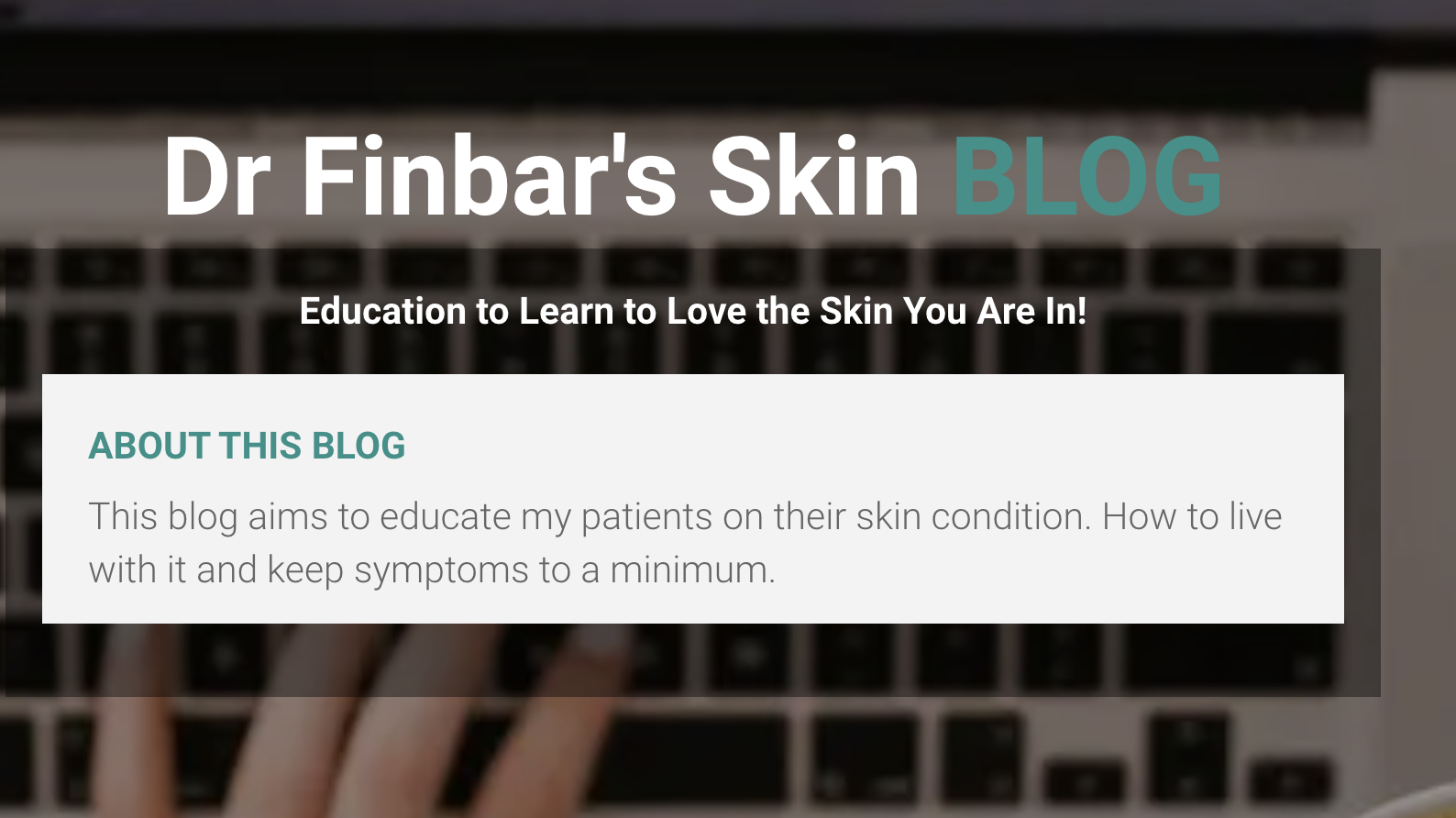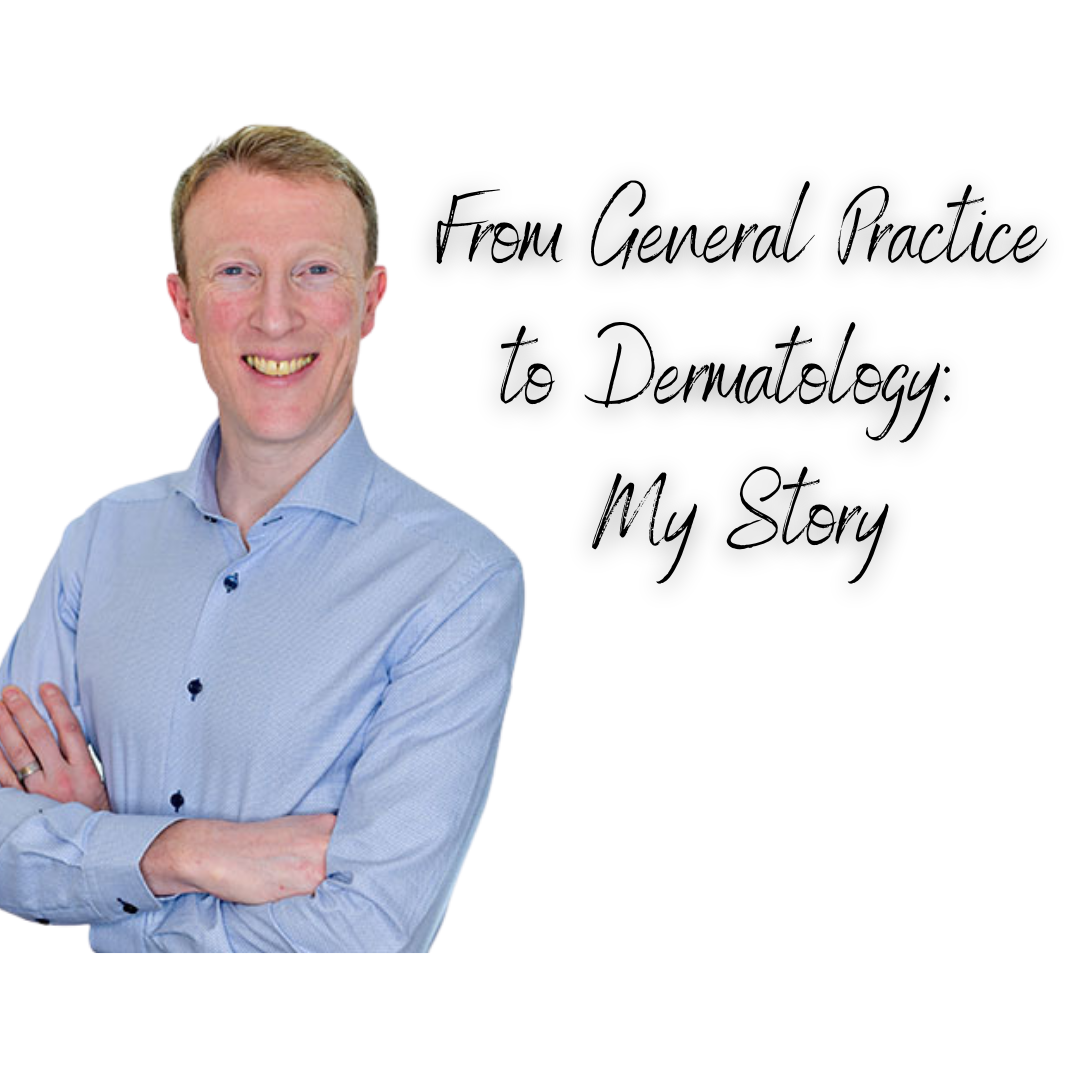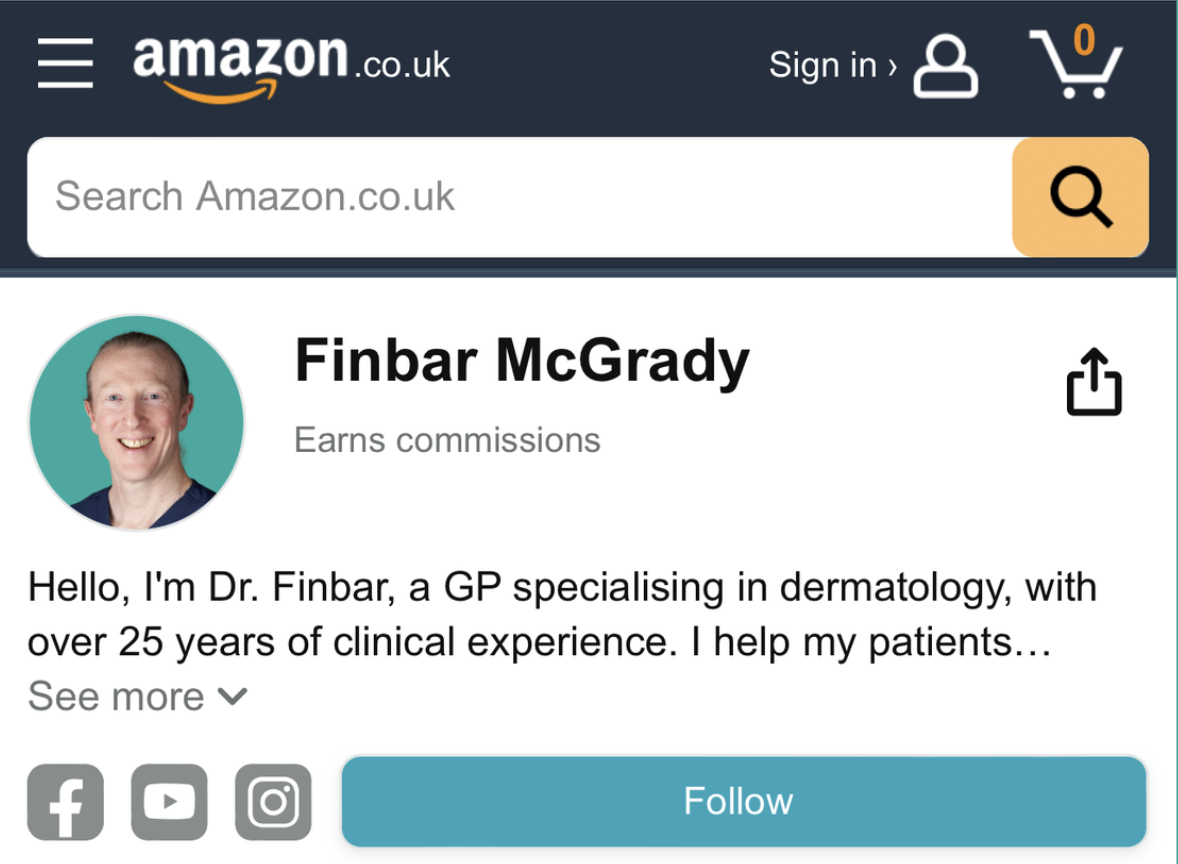How to Check Your Skin for Cancer: The 5-Step SAFE Skin System Explained
Have you ever spotted something new on your skin and wondered, “Is this just a freckle, or something more?” You’re not alone—and more importantly, you’re not helpless. With the SAFE Skin System, you can take clear, informed steps to understand and protect your skin health.
Hi, I’m Dr Finbar, a GP with a special interest in dermatology. Over the last decade, I’ve assessed tens of thousands of skin lesions, and I’ve distilled what I’ve learned into a simple but powerful five-step system to empower you—because when it comes to your skin, knowledge is your best defense.
Disclaimer: This guide is for educational purposes only and is not a substitute for professional medical advice. If you’re ever in doubt, always consult your healthcare provider.
What Exactly Is a Skin Lesion?
A skin lesion refers to any abnormal area on your skin—something that looks or behaves differently from the skin around it. It could be a new bump, a changing mole, or even a persistent scab.
Some lesions are harmless. Others can be early signs of skin cancer. That’s where early detection—and the SAFE Skin System—comes in.
Introducing the SAFE Skin System
SAFE stands for:
-
Screen your skin risk profile
-
Amend modifiable risk factors
-
Familiarize yourself with your skin
-
Educate and Evaluate
Let’s walk through each step.
1. Screen Your Skin Risk Profile
🎯 Know Your Risk
Start by identifying the factors that increase your risk for skin cancer:
-
Family or personal history of skin cancer
-
Frequent sun exposure, especially with sunburns
-
Tanning bed use
-
Fair skin, light eyes, or red/blonde hair
-
Immunosuppression from illness or medications
🔍 High-risk tip: If you’ve had five or more blistering sunburns between ages 15–20, your risk of melanoma increases by up to 80%.
Knowing your profile helps determine how vigilant you should be.
2. Amend Modifiable Risk Factors
🛡️ Reduce Your Risk
Once you understand your risk, it’s time to act on what you can change.
-
Use sunscreen daily (SPF 30+), and reapply when outdoors.
-
Wear sun-protective clothing and seek shade, especially midday.
-
Avoid tanning beds.
-
Adopt a skin-supportive lifestyle: a diet rich in antioxidants, regular sleep, and exercise can all help.
Even small changes can make a significant difference.
3. Familiarize Yourself with Your Skin
🔍 Know Your Norm
The more familiar you are with your skin, the faster you'll notice changes.
-
Perform monthly skin checks. Use a mirror or a partner to check hard-to-see areas like your back.
-
Note moles, freckles, and spots—their size, shape, and color.
-
Track changes. Keep a journal or take photos to monitor them over time.
✅ Benign signs: Lesions that are symmetrical, evenly colored, stable over years, or look similar to others on your body.
⚠️ Red flags: New lesions after age 30, lesions that scab and don’t heal, or those that change in color, shape, or size.
4. Educate Yourself on Skin Lesions
📚 Learn the Warning Signs
Being able to distinguish between benign and concerning lesions makes your self-checks more effective.
The ABCDEs of Melanoma:
-
Asymmetry
-
Border irregularity
-
Color variation
-
Diameter > 6mm
-
Different
-
Evolving over time
The EFG Rule (often for nodular melanomas):
-
Elevated
-
Firm
-
Growing
🦆 The Ugly Duckling Rule: If one lesion looks different from all your others—it’s worth a closer look.
5. Evaluate Any Concerns with a Professional
👨⚕️ Know When to Get Help
If you spot something unusual, don’t wait.
-
New lesion after age 30? Get it checked.
-
Persistent scabbing or bleeding? Book an appointment.
-
High number of moles, especially atypical ones? Regular checkups are a must.
✋ Trust your instincts. If something doesn’t feel right, that’s reason enough to consult a professional.
What Does a Benign Lesion Look Like?
Here are some reassuring features:
-
Stable for years with no changes
-
Symmetrical with even borders
-
Similar to other spots you already have
-
No rapid growth or persistent scabbing
🧒 Under 18? Most new lesions are benign (like freckles or molluscum contagiosum).
What to Watch Out For
-
New moles in adulthood
-
Spots that don’t heal
-
Lesions growing quickly
-
Different-looking or “ugly duckling” lesions
-
History of heavy sun exposure or blistering sunburns
-
Being immunosuppressed (medications or illness)
These signs don’t always mean cancer—but they do mean a check-up is warranted.
Conclusion: Take Charge with SAFE
The SAFE Skin System is about empowerment. You don’t need a medical degree to care for your skin—you just need a method.
By Screening, Amending, Familiarizing, Educating, and Evaluating, you’re taking smart, proactive steps that can make all the difference.
👉 Ready to Go Deeper?
Watch my next video where I walk you through the key differences between a harmless lesion and a potential skin cancer—complete with visual comparisons. Knowledge saves lives, and your skin deserves your attention.


Share this post on:
Copyright © 2025 Dr Finbars' Skin Clinic All rights reserved.



